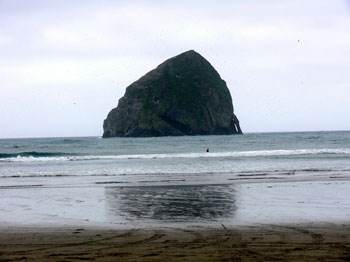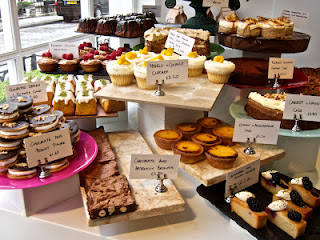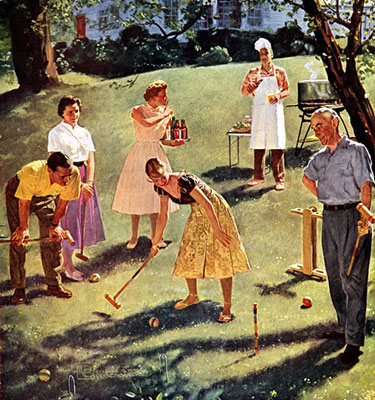 Living in a city with 6,000+ restaurants, why would you ever drive 150
miles to eat in a city with a population of 1,500? For me, it’s a kind
of a Hillary Clinton type thing. She was right, it does take a village
to raise a child. Unfortunately for my wife and I, parents of a 16
month old boy who believes soil is a basic food group, we left the
village back in our home state of Michigan when we moved to Chicago. So
when we need a break from the exhaustive process of keeping our son’s
mouth free of dirt and other things you find on the average floor, we
gotta go to the village.
Living in a city with 6,000+ restaurants, why would you ever drive 150
miles to eat in a city with a population of 1,500? For me, it’s a kind
of a Hillary Clinton type thing. She was right, it does take a village
to raise a child. Unfortunately for my wife and I, parents of a 16
month old boy who believes soil is a basic food group, we left the
village back in our home state of Michigan when we moved to Chicago. So
when we need a break from the exhaustive process of keeping our son’s
mouth free of dirt and other things you find on the average floor, we
gotta go to the village.
It turns out Fennville, a one Subway franchise town surrounded by farmland and located two hours from Chicago and about six miles from the nearest freeway, is the perfect halfway point between Lansing, home of my in-laws, and our West Loop loft. Luckily for us, it’s also home to one of Michigan’s best restaurants, the Journeyman, our drop off point for junior’s sleepovers, aka parental sanity breaks, with the grandparents.
The Journeyman is a culinary dream, a destination so incongruous with its location you’re not sure it really exists.

 The Oregon Coast is one of the most beautiful stretches of land I have been privileged enough to spend time exploring. If you are an Oregon native or you are visiting this summer, don't miss some of these great local stops along the way. Have fun!!
The Oregon Coast is one of the most beautiful stretches of land I have been privileged enough to spend time exploring. If you are an Oregon native or you are visiting this summer, don't miss some of these great local stops along the way. Have fun!! Going to the Olympics will be a huge amount of fun, especially if you know where to eat. Before I left on the trip, I used Facebook and Twitter to ask for restaurant recommendations.
Going to the Olympics will be a huge amount of fun, especially if you know where to eat. Before I left on the trip, I used Facebook and Twitter to ask for restaurant recommendations. Ischia, the biggest of the three islands in the Gulf of Naples, isn’t big. You can circle its rocky, 34-kilometer perimeter by boat in less than an hour.
Ischia, the biggest of the three islands in the Gulf of Naples, isn’t big. You can circle its rocky, 34-kilometer perimeter by boat in less than an hour.  Lucky for me, every few years I
go to Antibes, France with my family. When that happens I feel
compelled to photograph almost everything I eat, before I eat it. There
are two reasons for this ritual: One, French food is so gorgeous it's
just begging to be photographed. Two, photographing it is almost my way
of saying grace for and being mindful of the bounty of food (and, trust
me, it's bountiful) I'm about to consume. Food is fleeting. The photos
are forever.
Lucky for me, every few years I
go to Antibes, France with my family. When that happens I feel
compelled to photograph almost everything I eat, before I eat it. There
are two reasons for this ritual: One, French food is so gorgeous it's
just begging to be photographed. Two, photographing it is almost my way
of saying grace for and being mindful of the bounty of food (and, trust
me, it's bountiful) I'm about to consume. Food is fleeting. The photos
are forever.

